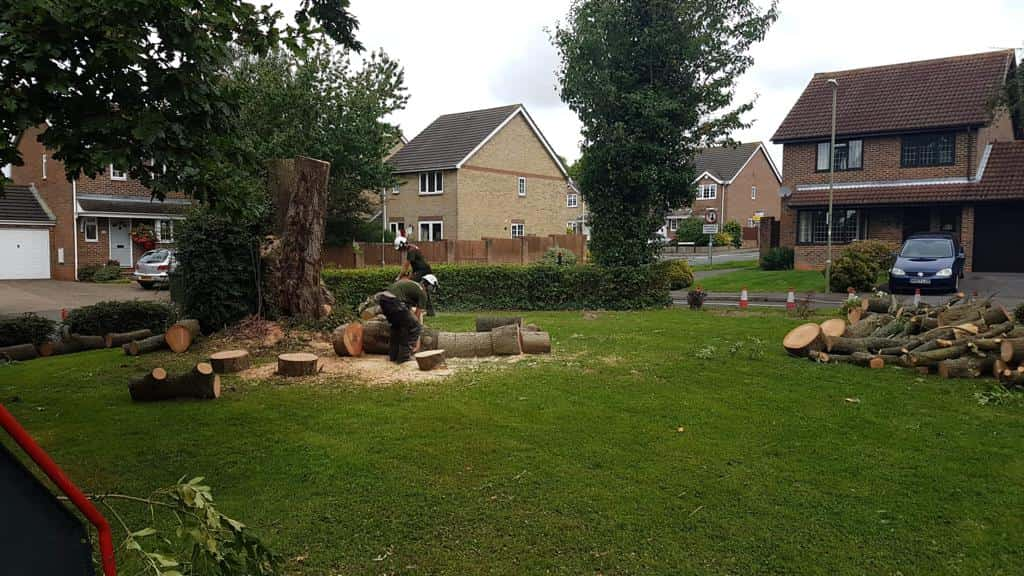Trees are a valuable feature of any garden or landscape, providing beauty, shade, and environmental benefits. However, even the healthiest tree can eventually decline due to age, disease, or environmental stress. While many trees can be saved through careful pruning, disease treatment, or structural support, some reach a stage where removal is the safest and most responsible option. At Nazeing Tree Surgeons in Nazeing, Essex, we help homeowners assess the health of their trees and determine when it is time to take decisive action.
Here are three key signs that a tree may be beyond saving.
1. Extensive Decay or Structural Damage
A tree with significant decay or structural weakness is a clear safety risk. Signs that a tree’s structure is compromised include:
- Large cavities or hollow sections in the trunk
- Deep cracks or splits along major branches or the main stem
- Sections of bark missing or peeling away, exposing soft wood beneath
When a tree has lost its internal strength, it can fail suddenly, especially in strong winds or heavy rain. Even if some parts of the tree appear alive, widespread internal decay usually means that recovery is unlikely, and removal is the safest option to protect your property and family.
2. Severe or Spreading Disease
While some tree diseases can be managed with early intervention, others progress quickly and can fatally weaken the tree. Common indicators of advanced disease include:
- Fungal growth such as bracket fungi at the base of the trunk
- Extensive dieback in the crown, where large branches lose leaves entirely
- Discoloured or wilting foliage across multiple limbs
If disease has spread throughout the tree or reached the root system, recovery is rarely possible. In these cases, professional tree removal prevents the risk of collapse and protects nearby trees from infection.
3. Extensive Root Damage or Instability
A tree’s roots are its foundation. If they become severely damaged or diseased, the entire tree can become unstable. Signs of root failure include:
- Soil heaving or lifting on one side of the tree
- Exposed or decaying roots near the base
- The tree leaning significantly, especially if the lean is recent
A tree with compromised roots can topple without warning, particularly during storms, making it a serious hazard if it is near a home, path, or road. In most cases, root damage at this level cannot be reversed.
Professional Assessment Is Essential
It can sometimes be difficult for a homeowner to determine whether a tree is truly beyond saving. Professional assessment ensures that no unnecessary removals are made, and it also guarantees that dangerous trees are dealt with safely. At Nazeing Tree Surgeons, we carry out detailed inspections to identify structural weaknesses, disease progression, and potential hazards before recommending removal or alternative treatments.
Conclusion
While many trees can be preserved with the right care, some reach a point where removal is the only safe and practical solution. Extensive decay, severe disease, or advanced root damage are all clear signs that a tree may be past saving. Acting promptly protects your property, prevents accidents, and allows you to plan for replanting if desired.
At Nazeing Tree Surgeons in Nazeing, Essex, we offer expert tree assessments and safe removals to ensure your garden remains secure and well-maintained. Contact our team today for professional advice on managing trees that may be at risk.
Call us on: 01992 932 997
Click here to find out more about Nazeing Tree Surgeons
Click here to complete our contact form and see how we can help with your tree care needs.

